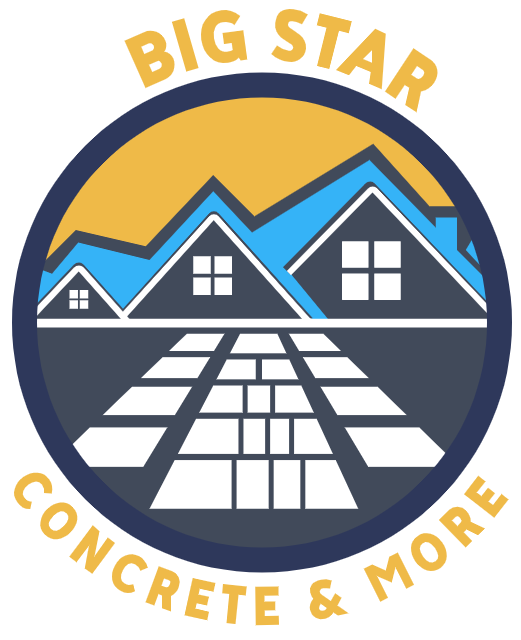The Importance of Identifying and Preventing Issues Early
Retaining walls are crucial structures in landscaping and construction. They hold back soil, prevent erosion, and manage water runoff. However, these walls can face structural failures that lead to significant problems if not addressed promptly. Recognizing the signs of failure early is essential for maintaining safety and functionality. This article explores common causes of structural failures in retaining walls and how you can prevent them.
Causes of Structural Failures
Several factors can contribute to the structural failure of retaining walls. One primary cause is poor drainage. Without proper drainage systems, water pressure builds up behind the wall, leading to increased stress on the structure. Additionally, inadequate design or use of substandard materials can weaken the wall’s integrity over time. Soil movement due to natural events like earthquakes or heavy rainfall also plays a critical role in compromising a wall’s stability.
The Role of Proper Installation
Correct installation is vital to avoid problems with retaining walls. It’s important to ensure the wall has a firm foundation and appropriate reinforcement. Professional advice during the planning stage can make a significant difference in preventing future issues. Implementing best practices at the outset helps reduce the risk of needing retaining wall repair shortly after installation.
Signs That Your Wall Needs Attention
You must remain vigilant about changes in your retaining wall’s appearance. Signs such as cracking, tilting, or bulging indicate potential problems. If the wall appears to be leaning or shows noticeable shifts, it’s likely under stress. Addressing these issues early can save you from more extensive repairs later on. When faced with these signs, consider seeking retaining wall repair services sooner rather than later.
Preventive Measures for Longevity
There are several steps you can take to enhance the lifespan of your retaining wall:
- Ensure adequate drainage systems are in place.
- Use high-quality materials suitable for your environment.
- Conduct regular inspections for any signs of wear or damage.
- Address minor repairs immediately to prevent further deterioration.
- Consult professionals for periodic assessments and maintenance advice.
The Cost Considerations
The expenses related to repairing or rebuilding a retaining wall vary based on several factors. The extent of damage, the materials needed, and labor costs all influence the overall budget. While initial construction might seem costly, investing in quality materials and professional installation reduces long-term expenses by minimizing future repairs. Understanding these cost dynamics helps homeowners plan effectively for maintenance and unexpected repairs.
Avoiding Common Mistakes
Avoid mistakes by consulting with experts during both planning and building stages. Overlooking specific local environmental conditions can lead to inappropriate design choices. For example, failing to account for soil type may result in insufficient drainage solutions. Regular monitoring ensures that minor issues don’t escalate into severe structural failures, providing peace of mind and protecting your investment.
Your Next Steps With Structural Integrity
If you’re dealing with complex challenges relating to retaining walls, seeking professional help is crucial. Located in Sevierville, TN, I offer expert guidance tailored to meet your needs. Contact me at (865) 204-2906 for personalized support designed to maintain the integrity and safety of your structures. Trust Big Star Concrete And More for reliable solutions that ensure lasting results.
